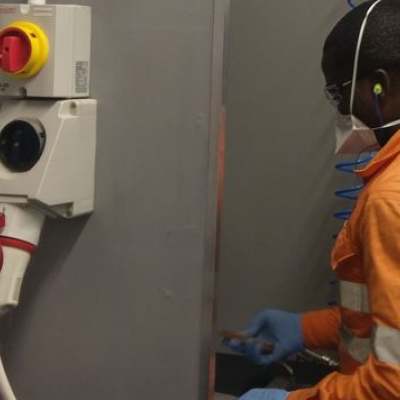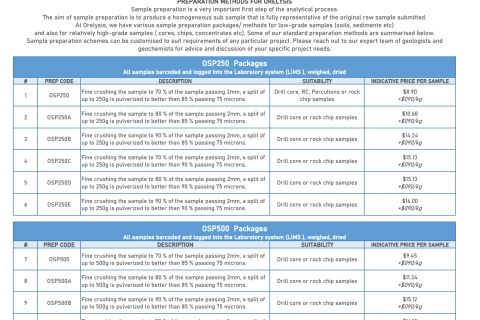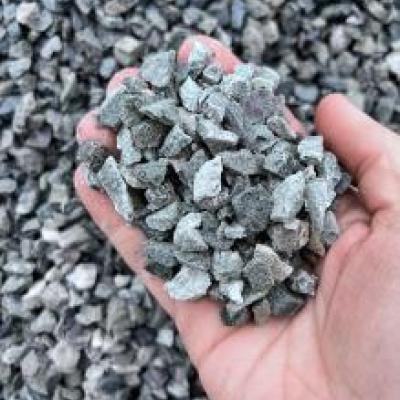
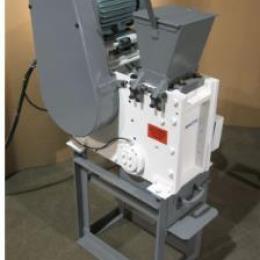
Samples are processed in a crusher to reduce the particle size. Crusher jaws are adjusted to achieve the required particle size if required. The crusher is regularly cleaned using compressed air between samples as the minimum. Clean rock is also routinely used in order to minimize the risk of carryover. 70% passing 2mm or 90% passing 2mm are some of the common crushing specifications.

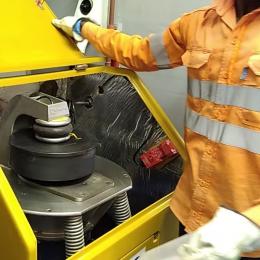
Pulverization of the sample prior to analysis is a critical step for assuring accurate test results It is the final step in the Sample Preparation Process. Typical grind specification is >85% of the final product to pass through a 75-mincron screen but other specifications may be used as per client requirements. Factors such as grind time, sample mass, sample mineralogy may affect the ability to meet the required pulverisation specification. Pulverisation not only produces a fine material suitable for assay purposes but it also homogenises the material that even a tiny portion will accurately represent the bulk of the original material. Hence pulverization plays a very important role in analysis.

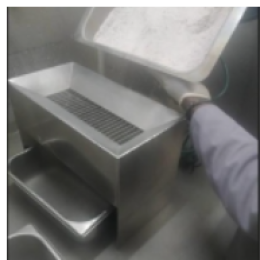
Rotary or Riffle Splitting procedures are used to representatively divide a sample into perfectly identical portions for assay.
These representative portions of material of appropriate mass or proportion can be used to conduct test work on material which is essentially the same.
The Lab must be advised if samples to be split are potentially hazardous.
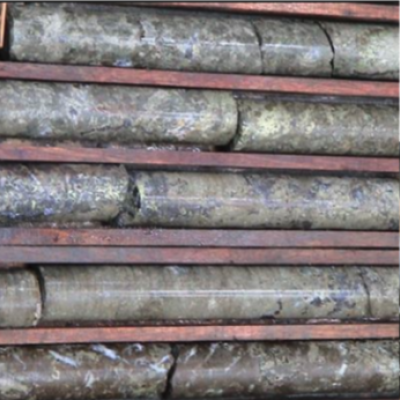
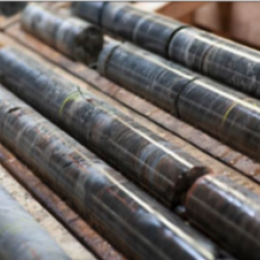
Excessively wet samples may require additional drying for a surcharge. It is very helpful to advise us of mineralized samples that may require special equipment cleaning cycles

